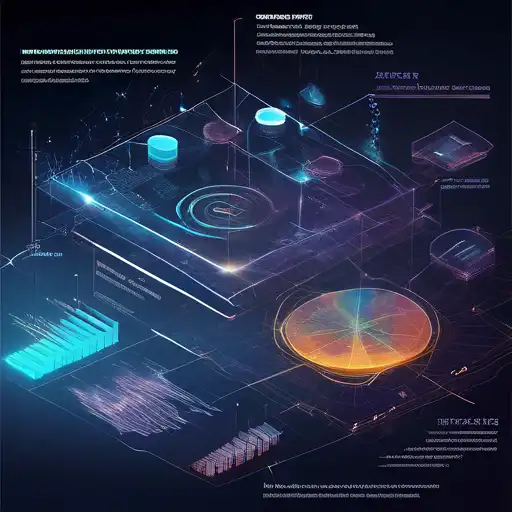Introduction to Data Visualization
In today's data-driven world, the ability to visualize data effectively is more important than ever. Data visualization techniques enable businesses and individuals to see analytics presented visually, making complex data more accessible, understandable, and usable. This article explores various data visualization techniques that can help you gain better insights from your data.
Why Data Visualization Matters
Data visualization is not just about making pretty pictures out of numbers. It's about transforming data into a visual context, such as a map or graph, to make data easier for the human brain to understand and pull insights from. The right visualization can help you see patterns, trends, and outliers that might go unnoticed in text-based data.
Key Data Visualization Techniques
1. Bar Charts
Bar charts are one of the most common and effective ways to visualize data. They are ideal for comparing quantities among different groups. For example, a bar chart can show sales performance across different regions.
2. Line Graphs
Line graphs are perfect for displaying data trends over time. They can help you understand how a particular metric has changed, making them invaluable for forecasting and identifying patterns.
3. Pie Charts
Pie charts are best used when you want to show proportions or percentages of a whole. They are simple yet powerful for illustrating how individual parts contribute to the total.
4. Scatter Plots
Scatter plots are used to visualize the relationship between two variables. They can help identify correlations, trends, and outliers in your data.
5. Heat Maps
Heat maps are a great way to visualize complex data sets. They use color coding to represent different values, making it easy to spot trends and outliers at a glance.
Advanced Data Visualization Techniques
Beyond the basics, there are more sophisticated data visualization techniques that can provide deeper insights. These include interactive dashboards, geospatial mapping, and network diagrams. Each of these techniques can be tailored to specific types of data and insights you're looking to uncover.
Choosing the Right Visualization Technique
Selecting the right data visualization technique depends on the nature of your data and the insights you wish to derive. Consider the audience, the message you want to convey, and the complexity of the data when choosing your visualization method.
Conclusion
Data visualization is a powerful tool for uncovering insights that might otherwise remain hidden in raw data. By mastering various data visualization techniques, you can enhance your ability to analyze and interpret data, leading to better decision-making. Whether you're a business analyst, data scientist, or just someone interested in data, understanding these techniques can provide a significant advantage.
For more insights into data analysis and visualization, explore our Business Intelligence section.
